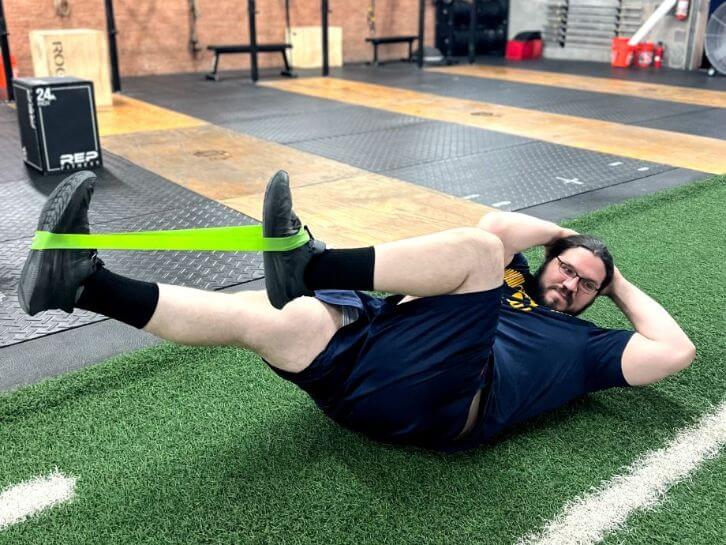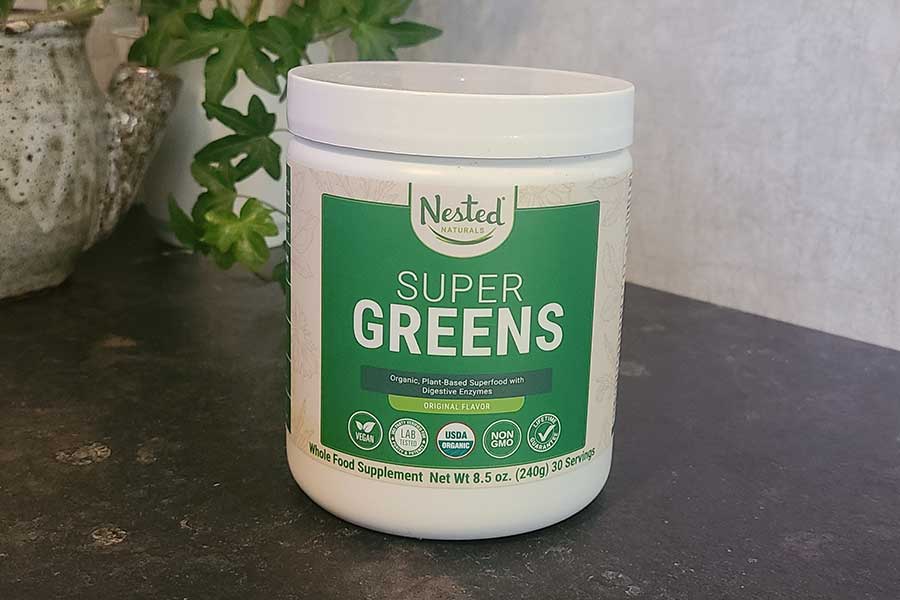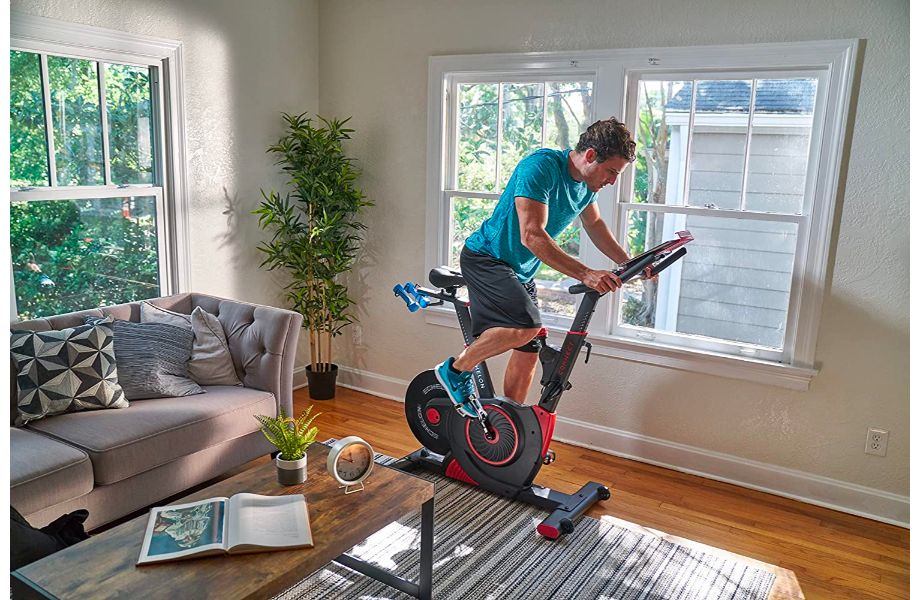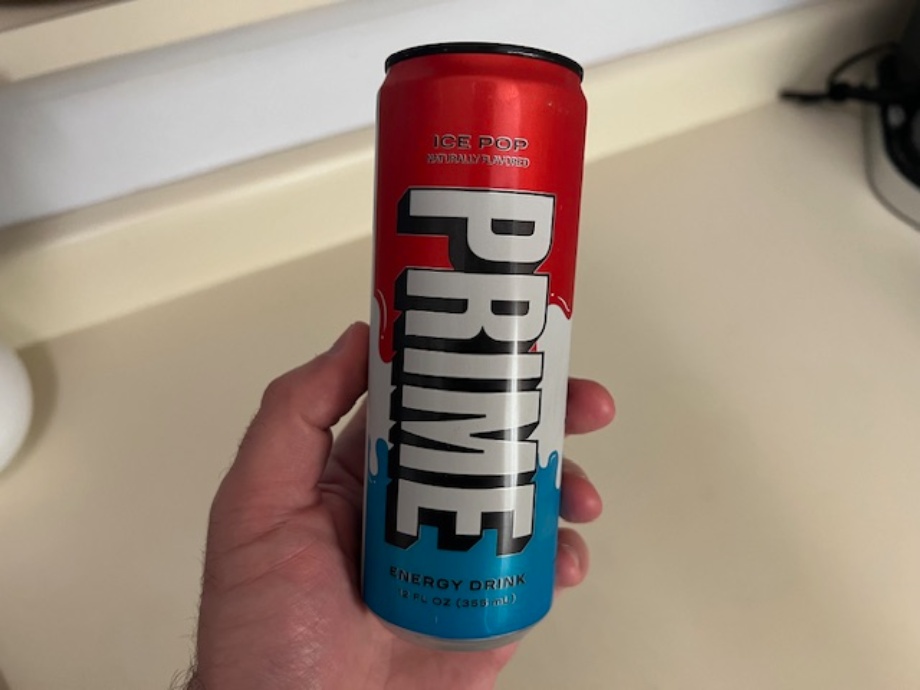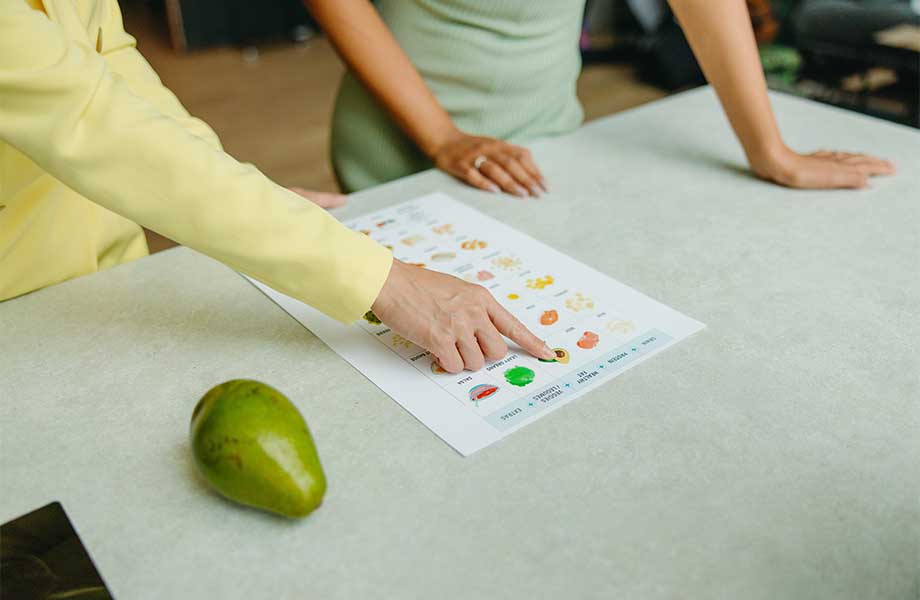Most folks figure that doing their fair share of sit-ups, bicycle crunches, and flutter kicks will essentially guarantee them a six-pack come beach season.
Sure, providing direct ab training should have some effect on your abs’ appearance, provided your body fat percentage is low enough for them to shine through, but the benefits of a strong core are more encompassing than simply superficial aesthetics.
Performing the best ab exercises works wonders for your posture and stability, translates to better athletic performance, alleviates back pain, and improves overall functional fitness. Because of this, we’d never recommend giving up direct ab training.
Instead, we’re advocating for expanding the repertoire. Many of the most common ab exercises are excellent for targeting the upper abs, leaving out the equally important lower ab muscles.
To help you target that often-overlooked region of the midsection, we’ve compiled the best exercises into one of the best lower ab workouts you’ll find anywhere. You can use core exercise equipment for many of these, but most are bodyweight movements.
We talk the talk, but do we walk the walk? Check out the exercises and decide for yourself!
Anatomy of the Abdominal Muscles

So, what exactly are the lower abs?
Since certified personal trainers (CPTs), Pilates instructors, and other fitness professionals use the term liberally, it’s natural to assume that the midsection includes one specific muscle we commonly refer to as the “lower abs,” but there’s actually not.
The five main abdominal muscles include the:
- Rectus abdominis
- Pyramidalis
- Transversus abdominis
- External obliques
- Internal obliques
The term “lower abs” refers to the bottom portion of the rectus abdominis, which is the largest abdominal muscle, stretching from the rib cage down to the pubic symphysis. This muscle is also usually the primary focus of ab workouts aimed at helping “sculpt six-pack abs.”
According to StatPearls1, the rectus abdominis is the muscle responsible for “the ‘six-pack’ seen in athletes” but, more importantly, it “compresses the abdominal viscera, prevents herniation, and stabilizes the pelvis during ambulation.”
Why Train Lower Abs?
The belief you can exercise your abs in order to burn fat in your stomach is based on the theory of “spot reduction,” and it has been dismissed as a myth by leading health professionals.
One significant study involved in debunking the myth was published in the Journal of Strength and Conditioning Research2 in 2011. It involved a six-week exercise program consisting of abdominal exercise to measure its effect on abdominal fat compared against a control group.
The study determined that “six weeks of abdominal exercise training alone was not sufficient to reduce abdominal subcutaneous fat and other measures of body composition.”
If you’re looking to burn fat, not just in your belly but throughout the entire body, evidence suggests3 that “aerobic training of moderate or high intensity has the highest potential to reduce visceral adipose tissue.”
Another study4 observed exercise’s effect on body fat as well, noting that “[endurance training] was more effective at reducing total fatness, while [concurrent endurance and resistance training] preferentially reduced abdominal adipose tissue.”
RELATED: How To Lose Body Fat
So, if it’s not all about the look, what are we training our lower abs for anyway?
Direct ab training provides muscle activation in the rectus abdominis, among other core muscles, resulting in improved core strength, stability, and endurance. It’s great having a strong core for weightlifting and sports, but it’s even better for completing everyday tasks more easily.
That’s because the abdominal muscles play a vital role in trunk stabilization, which helps prevent and reduce lower back pain. According to a 2022 review published in the Journal of Orthopaedic and Sports Physical Therapy5, core-based exercises are very effective in alleviating lower back pain.
Studies also show6 that stroke victims benefit from core stability training, showing improvements in “trunk function, standing balance, and mobility,” greatly aiding in rehabilitation efforts.
8 Exercises For Lower Ab Workouts
Here, we’ll share our favorite exercises for your lower abs as well as instructions on how to do them.
- Dead Bugs
- Heel Tap Crunches
- Mountain Climbers
- Russian Twists
- V-Ups/Tuck-Ups
- V-Sits
- Reverse Crunch
- Lying Leg Raises
Dead Bugs
Why it’s great: This one might sound icky, but dead bugs definitely deserve a spot in your core workout routine. The movement is low-impact, easy to learn, and provides plenty of activation in both the rectus and transversus abdominis muscles.
How to do it:
- Lie face up on the floor with your knees forming a 90-degree angle above your hips and your arms fully extended above your chest.
- Brace your core, pushing your lower back into the mat.
- Extend your right hand above your head and your left leg in front of you while exhaling.
- Return to the starting position, inhale, and repeat on the left arm and right leg.
- Alternate sides until the set is complete.
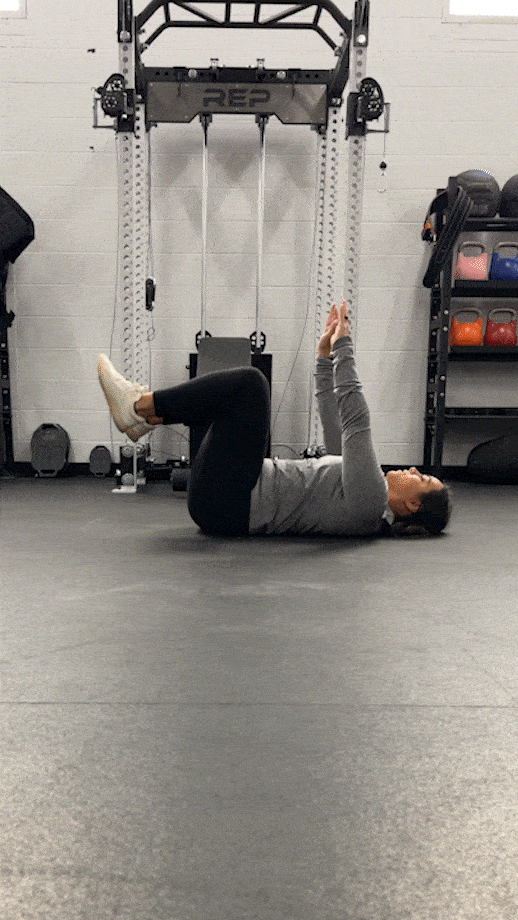
Heel Tap Crunches
Why it’s great: It’s astonishing how exhausting a simple side-to-side heel tap movement can be, but this dynamic exercise targets all of your core muscles while building core stability and coordination.
How to do it:
- Lie face up with your feet planted on the floor and your arms extended by your sides.
- Raise your head and shoulders slightly off the ground, now crunch your rib cage toward your pelvis on the left side and tap your left hand to your left heel.
- Return to the starting position, then repeat the movement on your right side.
- Alternate sides until the set is complete.
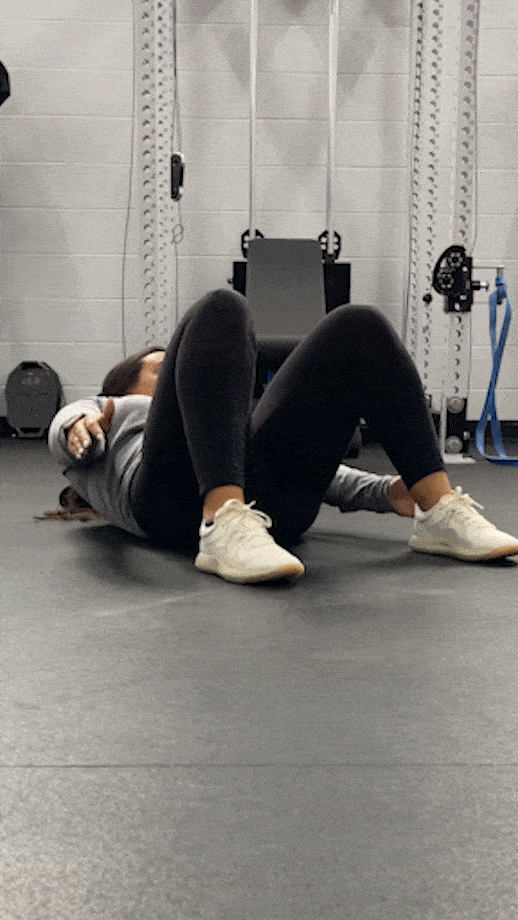
Mountain Climbers (Regular or Cross-Body)
Why it’s great: Many personal trainers throw mountain climbers into a warm-up because they’re the perfect strength and cardio combination exercise. Mountain climbers elevate your heart rate, get that blood pumping, and provide activation in a number of muscle groups, including the shoulders, hamstrings, triceps, quads and, you guessed it, core.
How to do it:
- Get into a high plank position
- Explosively bring your right knee to your chest, then back again. As soon as your right foot touches the floor again, immediately bring the left knee to the chest.
- Cycle back and forth, alternating sides, until the set is complete.
- For an added workout, instead of bringing your knee to your chest, bring your knee across your body to the opposite side.
RELATED: Cardiovascular Exercises
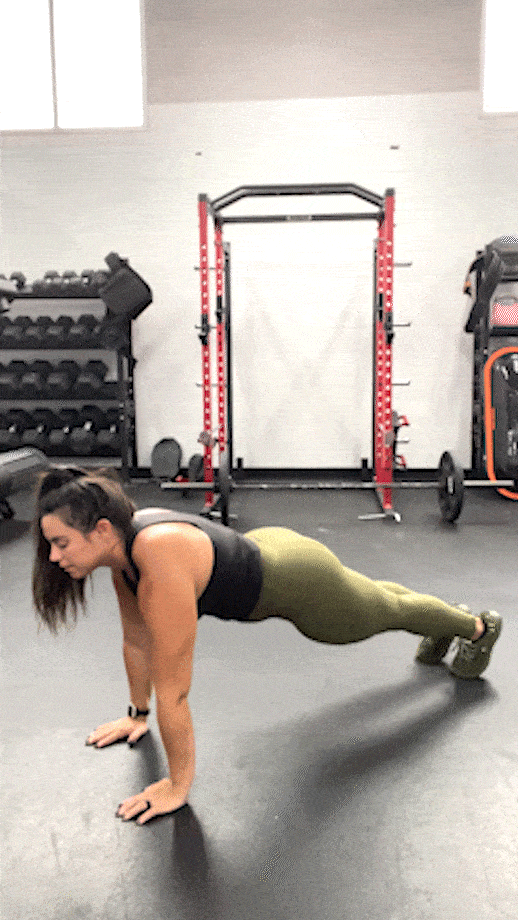
Russian Twists
Why it’s great: Russian twists recruit the lower abs, obliques, and hip flexors, helping target these easily-neglected regions. Plus, the position challenges your stability and coordination, providing benefits beyond simple muscle activation.
How to do it:
- Sit on the floor with your knees bent and feet flat. Lean back, allowing your feet to rise off the floor, until you feel your core fight to keep you from tipping backwards.
- Bring both hands in front of your body. You may perform Russian twists without free weights. You can use the best dumbbells, kettlebells, and medicine balls.
- Twist your body to one side, bringing both hands or the weight to the floor.
- Return to center and repeat on the opposite side.
- Repeat as needed.
RELATED: The Best Ab Roller
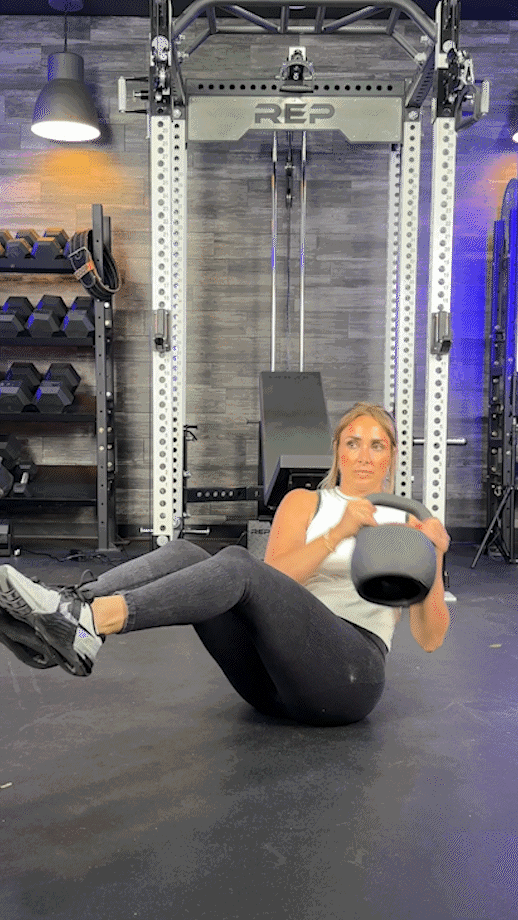
V-Ups/Tuck-Ups
Why it’s great: V-ups appear easy, but looks can be very deceiving. The movement significantly challenges your core strength. Tuck-ups involve a similar motion, which activates your abdominal muscles in addition to your glutes, hip flexors, and erector spinae.
How to do it:
- For V-ups, lie face up on the floor or an exercise mat with your legs and arms straight.
- Simultaneously lift your upper body and legs like you’re trying to touch your toes. Keep your arms and legs as straight as possible as you do so.
- Slowly back down to the starting position. Reset and repeat.
- For tuck-ups, perform the same movement but with your knees tucked and your arms reaching to tap your heels. The knee tuck makes this movement slightly easier.
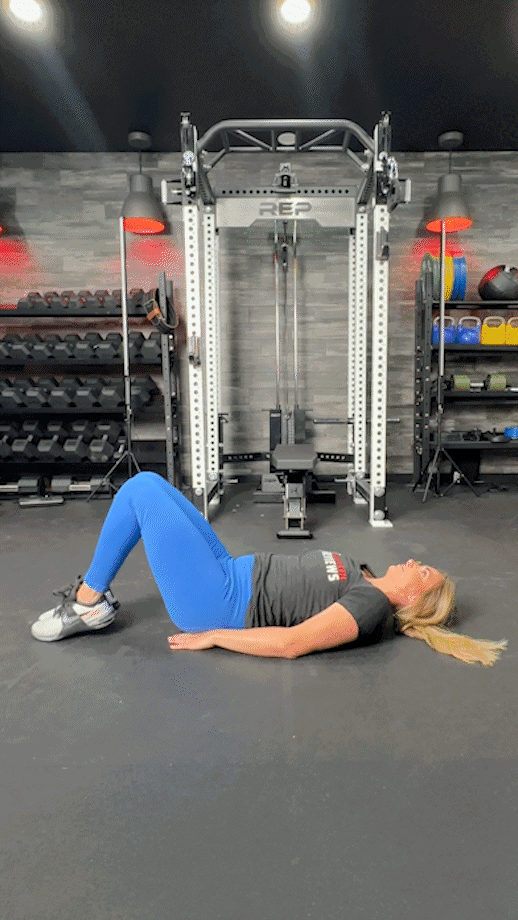
V-Sits
Why it’s great: Yogis already know about V-sits, but they’ll probably call it Navasana or Boat Pose. This isometric hold will seriously challenge your core strength and trunk stability.
How to do it:
- Lie face up on the floor
- Engage your core, and lift your legs up to create a 45-degree angle with your torso.
- Reach your arms straight forward. Your body will form a V shape.
- Hold the position for the desired duration, then slowly return to rest.
RELATED: Ab Roller Workout
Reverse Crunch
Why it’s great: Standard crunches are a great core exercise, but you’ll get most of the activation in your upper abs. Working in reverse crunches complements regular crunches by hitting the lower abs with more intensity.
How to do it:
- Lie face up on the floor with your arms at your sides and your palms facing down.
- Pushing your lower back and palms into the floor, brace your core, raise your legs, and bend your knees 90-degrees.
- Curl your hips and knees toward your chest.
- Slowly return to the starting position.

Lying Leg Raises
Why it’s great: Lying leg raises, also called leg lifts, require you to bring the legs to the upper body instead of the other way around, providing superior activation in the lower abs versus standard crunches and other common core exercises.
How to do it:
- Lie on your back with your legs straight and your feet together.
- Tuck your hands under your hips to elevate the lower back.
- Lift your legs until they are perpendicular with the floor.
- Slowly lower your legs and, without touching the floor, cycle into the next rep.
- Repeat as needed.
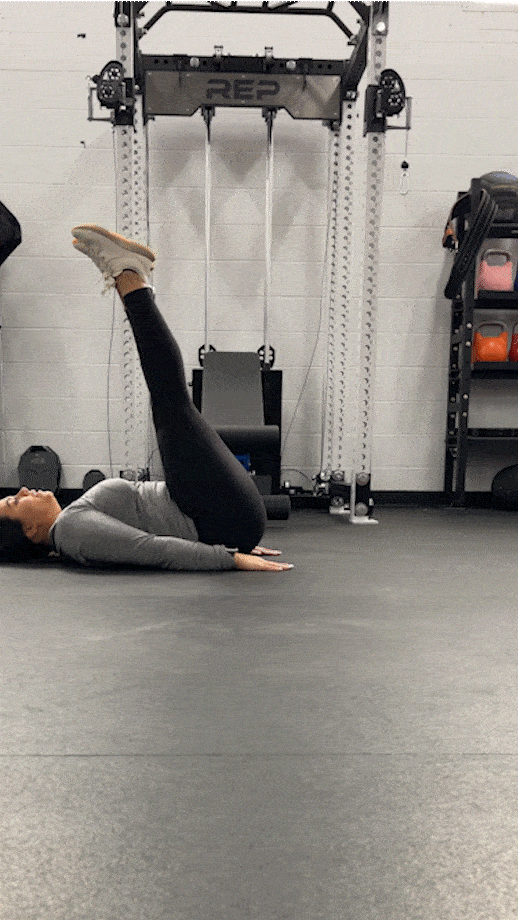
Lower Ab Workouts: Final Thoughts
An all-encompassing exercise program including lower ab exercises isn’t the only ingredient for six-pack abs, but it sure helps improve core strength, stability, and endurance, which will only help you in your pursuit of other fitness goals.
A strong core is also extremely useful in everyday life, as it provides functional benefits, allows you to complete everyday activities pain-free, and helps reduce existing lower back pain.
There are many reasons to include direct ab training in your workout routine. Make sure yours is ironclad by adding some moves from our lower ab workout into your next session!
Lower Ab Workouts: FAQ
How do I tone my lower abdomen?
Toning the lower abdomen, as well as the ab muscles in general, requires a balanced combination of targeted exercises, proper nutrition, and consistency.
Exercise alone will work to build core strength and stability, but you’ll be unable to see the ab muscles unless your body fat percentage is low enough to allow for it.
For a personalized approach, consider working with a qualified coach, trainer, and/or nutritionist.
RELATED: Cardio Vs Weights For Weight Loss
What causes a belly pooch?
A protruding lower abdominal area, endearingly termed a “belly pooch,” could be caused by:
– Excess body fat
– Poor posture
– Weak abdominal muscles
– Bloating and digestive issues
If you have a belly pooch and you’re not sure why, focusing on these areas could help diminish the protrusion over time.
Consult a health professional for more insight on why you might have a belly pooch and what you can do about it.
Why is it so hard to lose belly fat?
It’s no secret that the best way to trim your waistline is to eat a healthy diet and exercise regularly. Why then does it seem like, no matter how much progress you make, that stubborn belly fat just won’t go?
According to a 2009 review published in the journal Obesity Reviews7–
“There are differences between adipose tissue present in subcutaneous areas and visceral adipose tissue present in the abdominal cavity. These include anatomical, cellular, molecular, physiological, clinical and prognostic differences.”
Your belly is harboring both subcutaneous fat, which is soft and more receptive to exercise, and visceral fat, which is more challenging to eliminate but more crucial considering the grave health risks associated with having too much of it.
Even though it seems hopeless at times, it’s important to lead a healthy lifestyle, including cardiovascular exercise, strength training, a well-balanced diet, and plenty of positive vibes to keep yourself motivated along the journey.
Stay strong, fitness friend! You can do it!
What exercise is best for lower abs?
There is no “best” exercise for lower abs, but here are eight personal trainer-approved exercises you can incorporate into your workouts for bottom abs.
Dead Bugs
Heel Tap Crunches
Mountain Climbers
Russian Twists
V-Ups/Tuck-Ups
V-Sits
Reverse Crunch
Lying Leg Raises
References
1. Varacallo M, Scharbach S, Al-Dhahir MA. Anatomy, Anterolateral Abdominal Wall Muscles. [Updated 2022 Jul 25]. In: StatPearls [Internet]. Treasure Island (FL): StatPearls Publishing; 2023 Jan.
2. Vispute SS, Smith JD, LeCheminant JD, Hurley KS. The effect of abdominal exercise on abdominal fat. J Strength Cond Res. 2011;25(9):2559-2564. doi:10.1519/JSC.0b013e3181fb4a46
3. Vissers D, Hens W, Taeymans J, Baeyens JP, Poortmans J, Van Gaal L. The effect of exercise on visceral adipose tissue in overweight adults: a systematic review and meta-analysis. PLoS One. 2013;8(2):e56415. doi:10.1371/journal.pone.0056415
4. Shaw BS, Shaw I, Mamen A. Contrasting effects in anthropometric measures of total fatness and abdominal fat mass following endurance and concurrent endurance and resistance training. J Sports Med Phys Fitness. 2010;50(2):207-213.
5. Fernández-Rodríguez R, Álvarez-Bueno C, Cavero-Redondo I, et al. Best Exercise Options for Reducing Pain and Disability in Adults With Chronic Low Back Pain: Pilates, Strength, Core-Based, and Mind-Body. A Network Meta-analysis. J Orthop Sports Phys Ther. 2022;52(8):505-521. doi:10.2519/jospt.2022.10671
6. Haruyama K, Kawakami M, Otsuka T. Effect of Core Stability Training on Trunk Function, Standing Balance, and Mobility in Stroke Patients. Neurorehabil Neural Repair. 2017;31(3):240-249. doi:10.1177/1545968316675431
7. Ibrahim MM. Subcutaneous and visceral adipose tissue: structural and functional differences. Obes Rev. 2010;11(1):11-18. doi:10.1111/j.1467-789X.2009.00623.x


